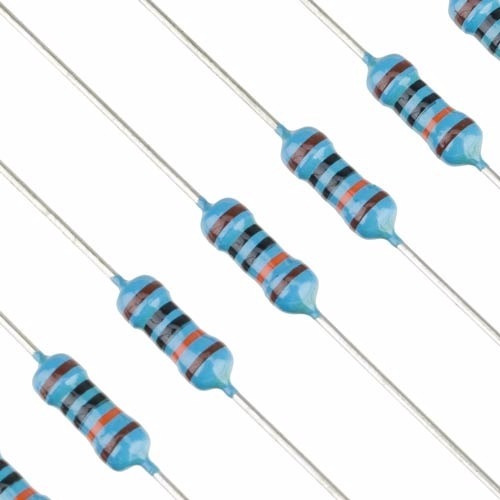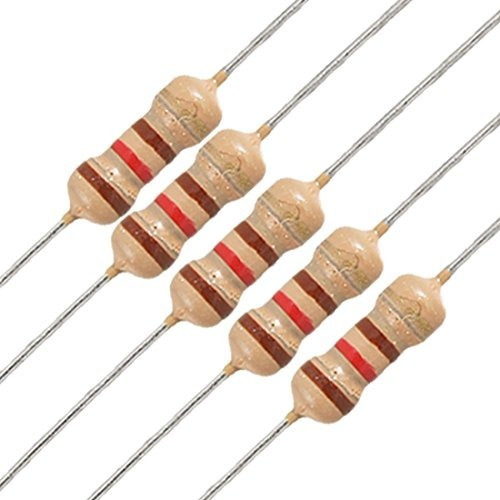


To see how everything ties together, we’ll make a simple example to read an analog value from a potentiometer.įor this example, you need the following parts: Read Analog Values from a Potentiometer with ESP32

There is a very good video explaining these functions that you can watch here. Get the result of the conversion: returns 16-bit integer. Check if conversion on the pin’s ADC bus is currently running (returns TRUE or FALSE). adcStart(pin), adcBusy(pin) and resultadcEnd(pin): starts an ADC convertion on attached pin’s bus.adcAttachPin(pin): Attach a pin to ADC (also clears any other analog mode that could be on).Attenuation values are the same from previous function. analogSetPinAttenuation(pin, attenuation): sets the input attenuation for the specified pin.ADC_11db: The input voltage of ADC will be attenuated, extending the range of measurement to up to approx.ADC_6db: The input voltage of ADC will be attenuated, extending the range of measurement to up to approx.ADC_2_5db: The input voltage of ADC will be attenuated, extending the range of measurement to up to approx.ADC can measure up to approximately 800 mV (1V input = ADC reading of 1088). analogSetAttenuation(attenuation): sets the input attenuation for all ADC pins.analogSetClockDiv(attenuation): set the divider for the ADC clock.It has an effect of increasing sensitivity. analogSetSamples(samples): set the number of samples in the range.analogSetCycles(cycles): set the number of cycles per sample.

It can be a value between 9 (0 – 511) and 12 bits (0 – 4095). analogSetWidth(width): set the sample bits and resolution.analogReadResolution(resolution): set the sample bits and resolution.There are other more advanced functions to use with the ADC pins that can be useful in other projects. So, if you’re using Wi-Fi and you’re having trouble getting the value from an ADC2 GPIO, you may consider using an ADC1 GPIO instead, that should solve your problem. Note: ADC2 pins cannot be used when Wi-Fi is used. This means that when you read an analog input, its range may vary from 0 to 4095. These analog input pins have 12-bit resolution. Have a look at these video tutorials for a project by project walk-through.Learn more about the ESP32 GPIOs: ESP32 Pinout Reference.
ARDUINO KIT RESISTORS CODE
You can find the Arduino code for all these projects within the Arduino IDE, click on File / Examples / 10.StarterKit.
ARDUINO KIT RESISTORS SOFTWARE
Once you’ve mastered this knowledge, you’ll have a palette of software and circuits that you can use to create something beautiful, and make someone smile with what you invent.
ARDUINO KIT RESISTORS HOW TO
Within all this, you’ll be teaching students how to think critically, learn collaboratively, and solve problems.Ġ1 GET TO KNOW YOUR TOOLS an introduction to the basicsĠ2 SPACESHIP INTERFACE design the control panel for your starshipĠ3 LOVE-O-METER measure how hot-blooded you areĠ4 COLOR MIXING LAMP produce any color with a lamp that uses light as an inputĠ5 MOOD CUE clue people in to how you're doingĠ6 LIGHT THEREMIN create a musical instrument you play by waving your handsĠ7 KEYBOARD INSTRUMENT play music and make some noise with this keyboardĠ8 DIGITAL HOURGLASS a light-up hourglass that can stop you from working too muchĠ9 MOTORIZED PINWHEEL a colored wheel that will make your head spinġ0 ZOETROPE create a mechanical animation you can play forward or reverseġ1 CRYSTAL BALL a mystical tour to answer all your tough questionsġ2 KNOCK LOCK tap out the secret code to open the doorġ3 TOUCHY-FEEL LAMP a lamp that responds to your touchġ4 TWEAK THE ARDUINO LOGO control your personal computer from your Arduinoġ5 HACKING BUTTONS create a master control for all your devices! There’s an introduction to sensors and actuators and how to understand both digital and analog signals. You can use the starter kit to teach students about current, voltage, and digital logic as well as the fundamentals of programming. No prior experience is required, as the kits introduce both coding and electronics through fun, engaging, and hands-on projects. Quickly and easily get started with learning electronics using the Arduino Starter Kit, which have a universal appeal to STEM fans at home, businesses in STEAM industries, and schools alike.


 0 kommentar(er)
0 kommentar(er)
